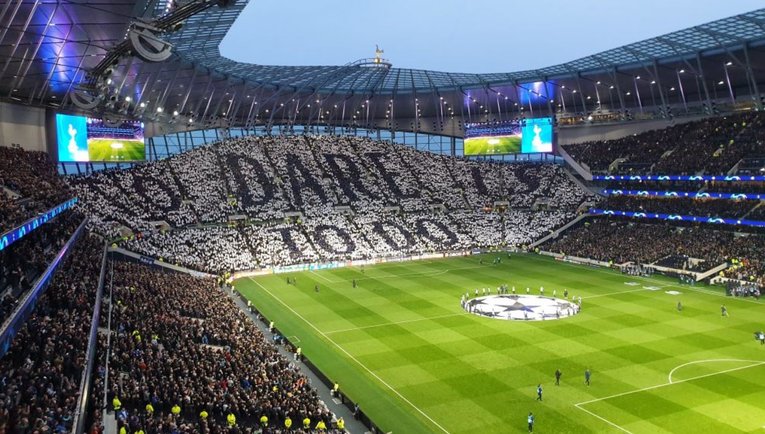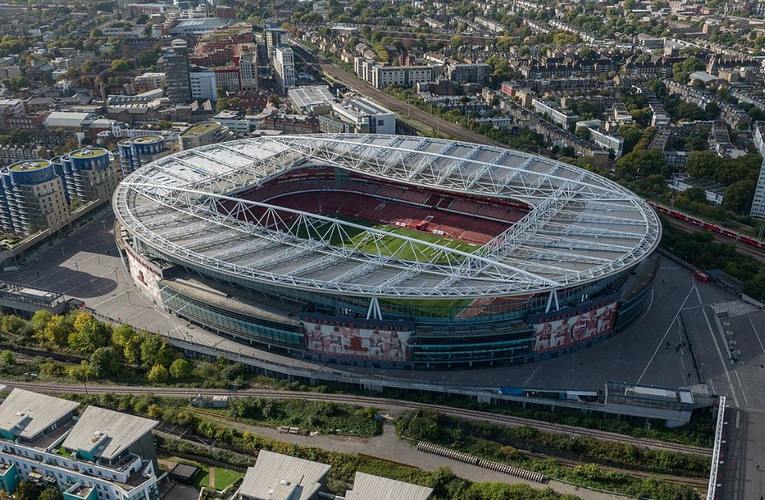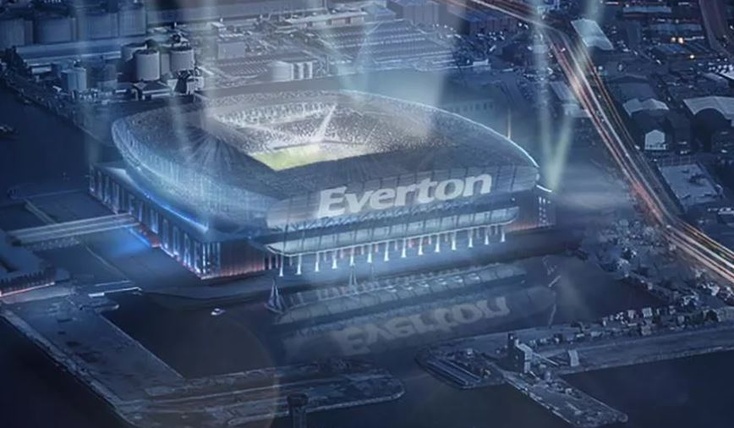
When it comes to where they watch their team play football, most supporters are locked in to where they watched them for the first time. When Liverpool discussed leaving Anfield, for example, there was a general feeling from supporters that it would be a mistake to leave a ground that has such a wealth of history associated with it.
For Arsenal supporters, there was a desire to try to revamp Highbury rather than move to an entirely new location. For the clubs themselves, building a new ground can have a positive impact as well as a negative one, with better facilities on the one hand being outweighed by the overall cost.
It Costs a Lot of Money

First things first, the main thing about building a new stadium is that costs a huge amount of money. The initial cost comes in buying the land on which the new ground will be built, which will obviously cost different amounts depending on where the ground is located. It goes without saying that London is likely to be more expensive than Liverpool, say, but even within cities there are added expenses.
When Everton chose to build their new stadium on the waterfront, for example, that would have been a more expensive location than if they had chose to build in the same sort of area as Goodison Park stands.
How people cream their kecks over that is beyond me. Stadium is so underwhelming, just looks like a generic Fifa 15 Stadium.
Outside – Looks Great 👌🏼
Inside – Ivy Park on steroids.
💩@EvertonStadium pic.twitter.com/u4o8rg4Zt6— Earl (@EarlBarretsMuzy) September 4, 2024
Once the land has been purchased, the next major expense comes in the materials that are needed for the new location. The materials have to be put in place by workers, so their time has to be compensated for and that also costs money. Legal fees and other expenses get added to the overall cost, which can change and spiral over time.
It is why a new stadium can be quoted as costing one thing at the outset before costing significantly more than that once the project has reached its conclusion. It is not uncommon for this to happen, but the added expense can cause problems for clubs further down the line.
It Can Impact Signings
One of the biggest problems with building a new stadium is that it can result in the club not being able to make big money signings for quite a few years after the stadium is built. When Arsenal left Highbury, for example, Arsene Wenger struggled to be able to replace the players that had helped to win the Gunners several Premier League titles, one of which they achieved whilst going unbeaten.
The cost of building the Emirates meant that players like Denis Bergkamp, Robert Pires and Kolo Toure were replaced by the likes of Thomas Rosicky, Emanuel Adebayor and Freddie Ljunberg. They just weren’t at the same level.
@rory_talks_arsenal Arsenal’s Squad is THIN 😳 #arsenalfc #arsenalfans #afc #coyg #rorytalksfootball
Although Wenger did his best to keep Arsenal competitive and they did manage to win a number of FA Cups, the reality is that building the Emirates left them hamstrung in the market for a number of years. Of course, by the time the stadium had been paid off the club was then able to make good money from it, but they also needed to raise ticket prices in order to cover the cost of the ground and that left many supporters feeling angry and annoyed.
The same sort of problem is affecting Tottenham Hotspur since they left White Hart Lane, whilst Everton’s problems are too numerous to mention; although not entirely about the stadium in fairness.
Reaping Long-Term Rewards?

There are numerous reasons why a football club might decide to move to a new stadium. In the case of Everton, for example, the club had to spend around £500,000 just to patch Goodison Park up, so it was costing them money just to stand still. The idea of looking to redevelop Goodison in order to turn into a stadium fit for the 21st century was pretty much a non-starter.
Clubs can be forced to make a move somewhere else because of the cost of running their old ground, but in the long-term the short-term pain can be shown to be worth it. That is because of the money new stadiums can bring in.
Looking at Everton once again, the Blue club on Merseyside, the capacity at Goodison Park is just shy of 40,000. At the Everton Stadium that will increase to more than 52,000, which will see the club making significantly more money in gate receipts. White Hart Lane could welcome just over 36,000 people, whereas the Tottenham Hotspur Stadium boasts a capacity of in excess of 60,000.
Although the issue is around paying for the stadium in the first place, once it has been paid for the club that calls it home can make decent money. The problem is, of course, the pain of little success in the intervening years.
